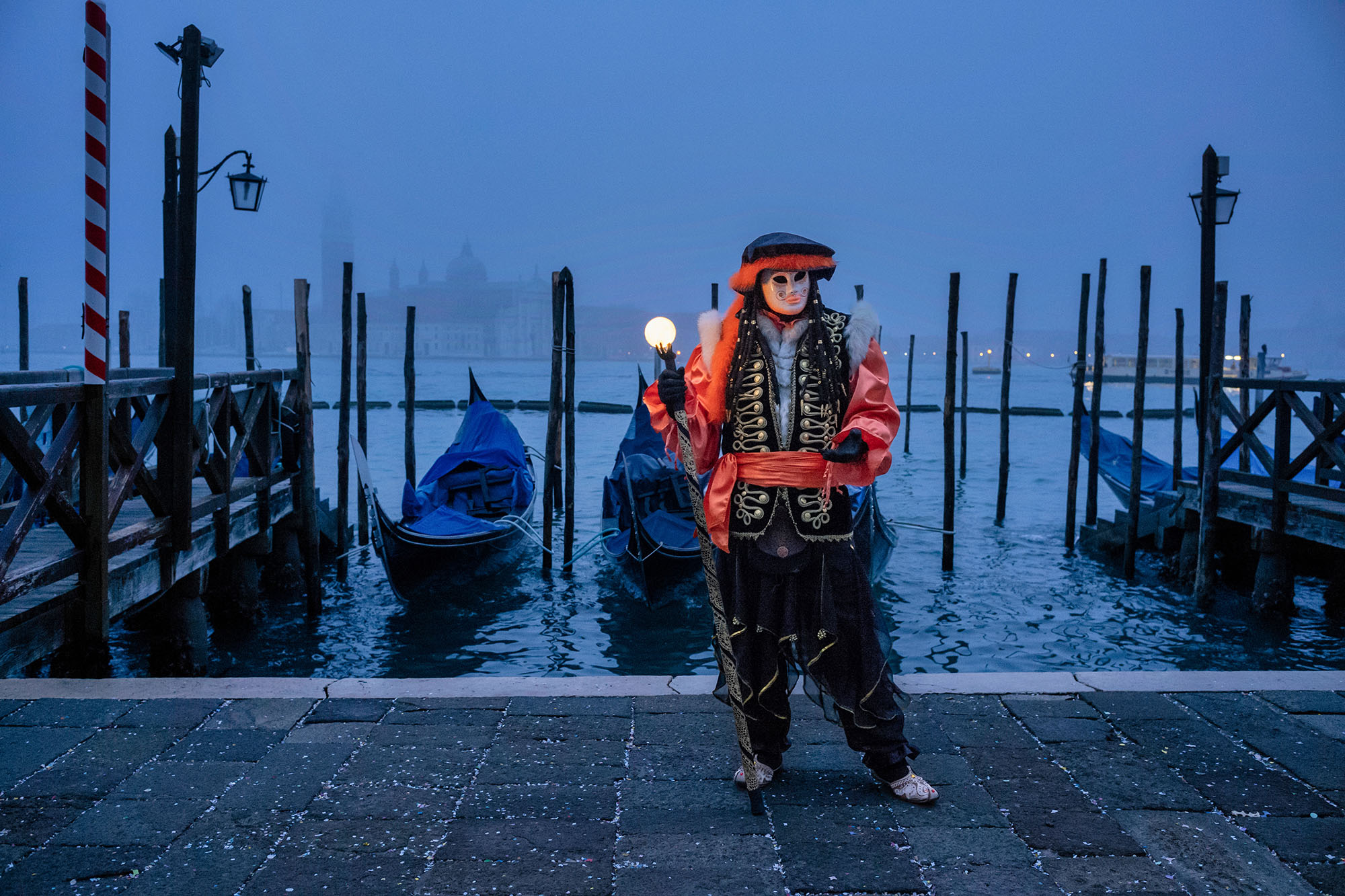I’ll be honest, there aren’t many artists in the world of photography who manage to capture the essence of a moment as evocatively as Marco Secchi.
A maestro with the camera, Marco’s journey in photography began when he was a child in Milan, a city alive with the rhythm of the press and fashion. Today, his art transcends borders and flourishes in places as beautiful and fascinating as Ljubljana (Slovenia), Budapest, (Hungary), and our Venezia. His work is an artistic, thoughtful reflection of a narrative that captures not images, but stories: that’s why Marco likes – and rightly so – to call himself a “storyteller.” And as all good storytellers, sharing is essential for him, reason for which he also developed photography workshops in Venice, for all those who want to learn how to tell their story with pictures – and get to know La Serenissima better while doing it.
In our exclusive interview, we of L’Italiano Americano are going to take a closer look into Marco’s world and explore his love for photography, the cities and places that have shaped his art, and his relationship with Italy. He’ll tell us about his life as a global citizen, his thoughts on the future of art in the age of AI, and also what he thinks of La Farnesina’s Roots Tourism initiative.
How was your love for photography born and when did you decide to turn it into a profession?
My love for photography began in the busy streets of Milan, in the dynamic world of press and fashion photography. Growing up, my father used to work in one of Milan’s oldest photographic shops, a hub that catered to the creative needs of photographers during the late 1960s and early 1970s. This unique environment exposed me to the art of photography at a time when owning a camera was a rarity. I fondly remember receiving my first camera around the age of 9 or 10. To me, it wasn’t a toy at all, it was a gateway to a world of endless possibilities. With it, while growing up, I discovered the streets of Milan, the depth of human expressions, the untold stories of everyday life. Turning photography into a profession wasn’t a sudden decision, but a natural progression of this early love affair: the more I explored the world through my lens, the more I realized that photography was a calling; it was a medium through which I could express my artistic vision and connect with people and places on a deeper level.
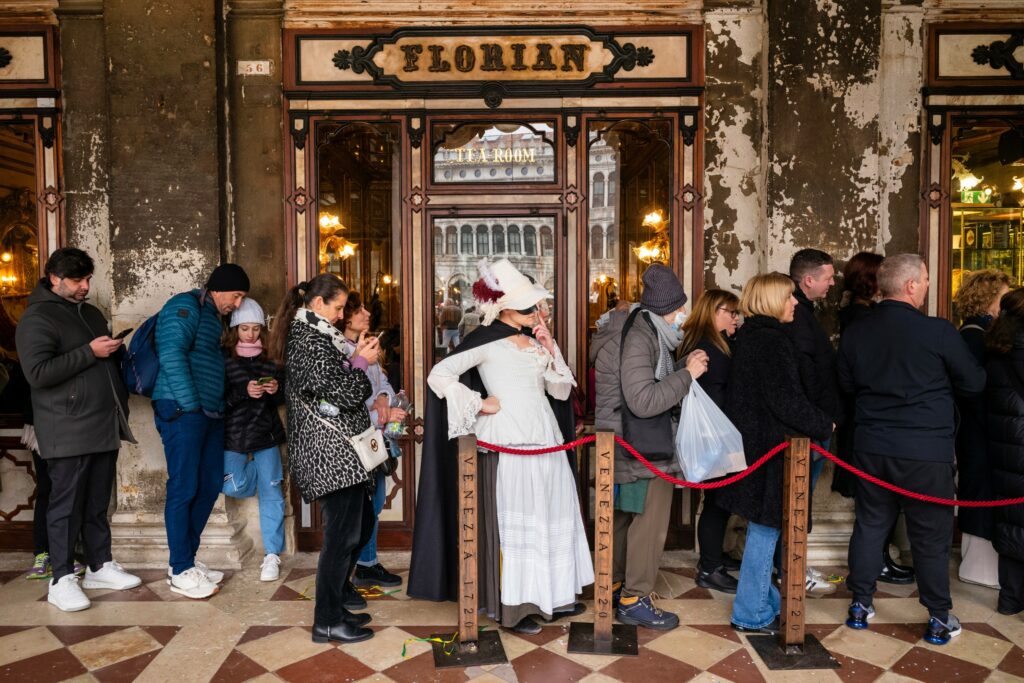
This year, Italy is promoting Root Tourism and invites people of Italian descent from all over the world to visit and discover their heritage: as someone who has lived abroad and is very much a citizen of the world, what’s your relationship with our country?
My relationship with Italy remains deep and profoundly affectionate. Italy, to me, is much more than the place I was born: she is history, culture, and timeless beauty, and she continues to influence and inspire me. Living abroad and experiencing diverse cultures has only deepened my appreciation for Italy because it allowed me to see the country not just through the lens of a native but also through the eyes of an outsider. This unique perspective makes me value Italian culture in all its forms, from its rich artistic and literary heritage to its culinary delights and the warmth of its people.
I do feel an affinity with the idea of “Root Tourism.” It’s a beautiful initiative that encourages people to connect with their heritage. For those of Italian descent, visiting Italy can be a journey of self-discovery, a way to reconnect with their ancestral roots and understand the cultural legacy that has shaped them, no matter where they are in the world. My own experiences of living abroad taught me the importance of understanding and embracing one’s heritage. Italy, with her regions, each with their own distinct traditions and histories, offers a wealth of experiences for anyone seeking to explore their roots. As a citizen of the world, I see Italy as a bridge between my international experiences and my ancestral identity. It’s a country that, no matter where I am, always feels like home.
You work and live between three incredible cities, Venice, Lubjiana, and Budapest, but in the past, you’ve also spent time in Milan, London, the Hebrides, and France. Is there a place that influenced your style and art more than others, and why?

Each city I’ve lived in has left an indelible mark on my style and art, each in its own unique way. Milan, where I grew up and studied, was a crucible of learning and inspiration. It was a time, back then, of violence and terrorism in Italy (the Anni di Piombo, a.n.), but that’s when I understood the essence of photography and had the fortune to meet and learn from exceptionally talented photographers like Berengo Gardin and Ugo Mulas. This city laid the foundation of my photographic journey.
The Hebrides, with their rugged beauty and the quaint charm of our small cottage facing the ocean, profoundly impacted me, too. The friendships I made there, particularly with my friend Roddy and the folk singer Dougie McLean, further enriched this experience. Their life philosophy was rooted in the beauty of a close-knit community, in living in harmony with nature, and reveling in a sense of serene solitude: it was all in such stark contrast to the urban energy of London. Roddie and Dougie taught me invaluable lessons about embracing life with authenticity and appreciation. Their influence seeped into my art, teaching me the beauty of simplicity and the depth of quiet moments. Sometimes I joke about being a “bad student” of their life lessons, but the truth is that their example is very much present in both my personal and professional life, where I strive to capture life’s profound simplicity and raw beauty.
Ljubljana and Budapest, my second homes, offer a blend of similarities and contrasts that I find fascinating. Both cities have their unique character and charm and, with their balance of historical elegance and contemporary energy, they are an enormous, constant inspiration for my artistic perspective.
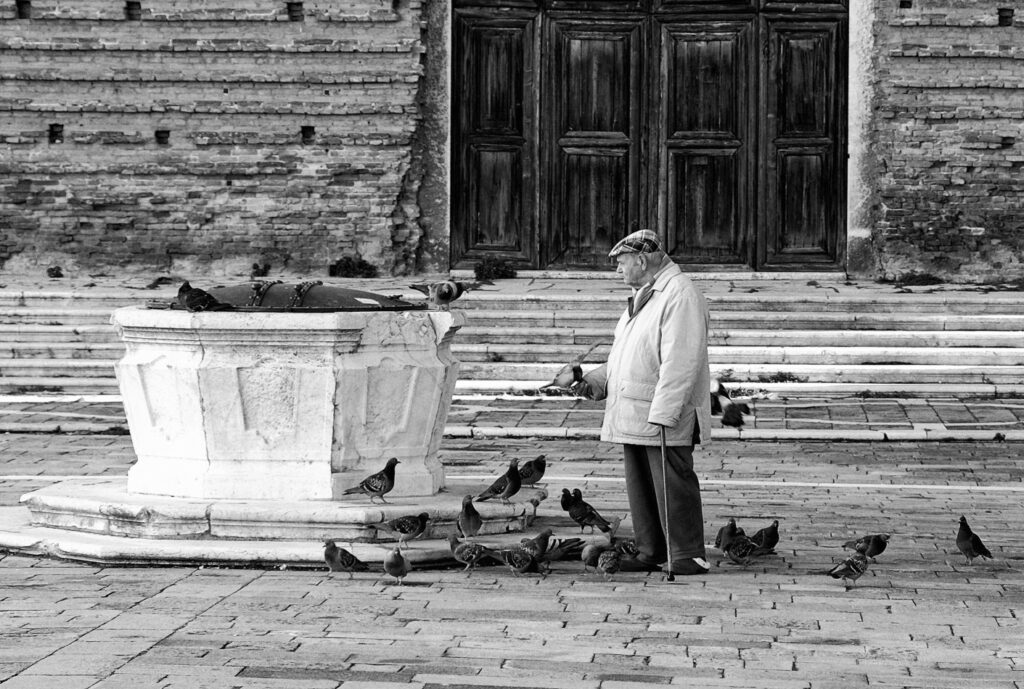
In Venice, you have been offering workshops to introduce people to photography and teach them its secrets and beauty. It’s certainly a didactic endeavor, but it’s also an opportunity to get to know the city intimately. Would you agree? And what’s your relationship with Venice?
Absolutely. The workshops are as much about teaching the art of photography as they are about discovering the city’s more intimate – and often overlooked – loveliness. Venice, for me, is a city of contrasts, a place of exceptional beauty and historical depth, yet not without its challenges. My relationship with her is a blend of deep love and sense of responsibility: I am in love with its canals, architecture, and with that unique play of light and shadow you get here, but I am equally concerned about her preservation, especially when thinking about over-tourism and environmental threats. The workshops provide an avenue not just to teach photography but also to share my personal relationship with the city. I encourage participants to see beyond the tourist veneer, to explore the lesser-known alleys and quiet canals where the authentic spirit of Venice thrives. It’s about capturing the essence of Venetian life, about meeting the locals, no matter if they are artisans, shopkeepers, or passersby. All this is an important and invaluable part of all my workshops. My aim is, both with my photography and these workshops, to offer a narrative of the city that is both deeply personal and universal: I want people – those who see my work and those who come to my workshops – to see and appreciate the interplay of history, culture, and everyday life that makes Venice so extraordinary. I want them to create a connection with the city, to understand her, with all its complexities and beauties, on a more profound level.
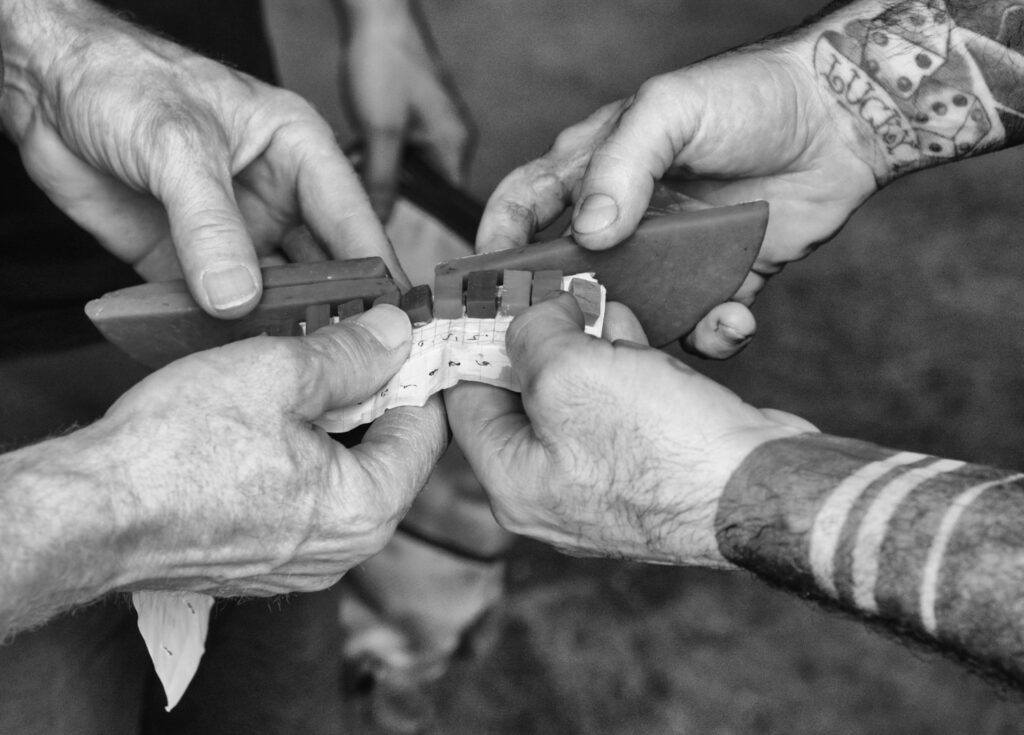
In fact, you also dedicated a book to Venice, more specifically, to its many beautiful but disappearing mestieri…
Yes, I published a photo book about artisans in Venice out of a deep sense of urgency to document and preserve the fading world of traditional Venetian craftsmanship. With the rapid changes in our modern society, many of these skills — and the unique individuals who practice them — are at risk of disappearing… quite few disappeared already. This book, Venice Artisans, is my tribute to their artistry and a way to capture their invaluable contributions to the cultural and historical fabric of the city. It’s a visual preservation of skills and traditions that are as much a part of Venice’s identity as its canals and architecture.
It’s an unfortunate truth that younger generations are no longer involved in the practice and preservation of these crafts. What’s the reason, in your opinion?
The waning interest of younger generations in traditional artisan crafts, particularly in Venice, can be attributed to a combination of economic and social factors. The city, increasingly catering to the needs of tourists, has seen a significant rise in property prices. This surge makes it challenging for young — and not so young — individuals to afford spaces for living or setting up workshops. Many properties have been converted into short-term rentals, further exacerbating the issue. As a result, the opportunity for younger people to engage in and carry forward these traditional crafts is diminishing, not necessarily due to a lack of interest, but because of the practical and financial barriers that they face in today’s context.
There is a lot of talking these days, about the power of AI and, among other things, about the way it may affect the arts. What’s your take on it?
On one hand, AI has the incredible potential to democratize art creation, making it more accessible to those who may not have formal training or traditional artistic skills. It can serve as a tool for artists to explore new frontiers, pushing the boundaries of creativity and opening up a world of previously unimaginable possibilities. For instance, AI can assist in complex editing tasks, help in visualizing concepts, or even inspire new forms of artistic expression. On the other hand, there’s a genuine concern about the authenticity and soul of art created with or by AI. Art, for many, is not just about the end product but the process – the human experience, emotion, and personal touch that go into creating a piece. The idea of AI replicating or replacing human creativity raises questions about the value and uniqueness of art. The point is, can AI truly replicate the depth of human emotions and the nuances of personal experience, so often at the heart of art?
My take is that AI should be viewed as a tool, an addition to the artist’s palette, rather than a replacement for the artist. It’s crucial to maintain a balance where AI aids creativity without overshadowing the human element, which is the very essence of art. It will be interesting to see, as we go on, how AI evolves in the art world and how artists choose to integrate this technology into their work.
Ultimately, while AI can mimic styles and techniques, the heart and soul of art – the human touch – is irreplaceable.
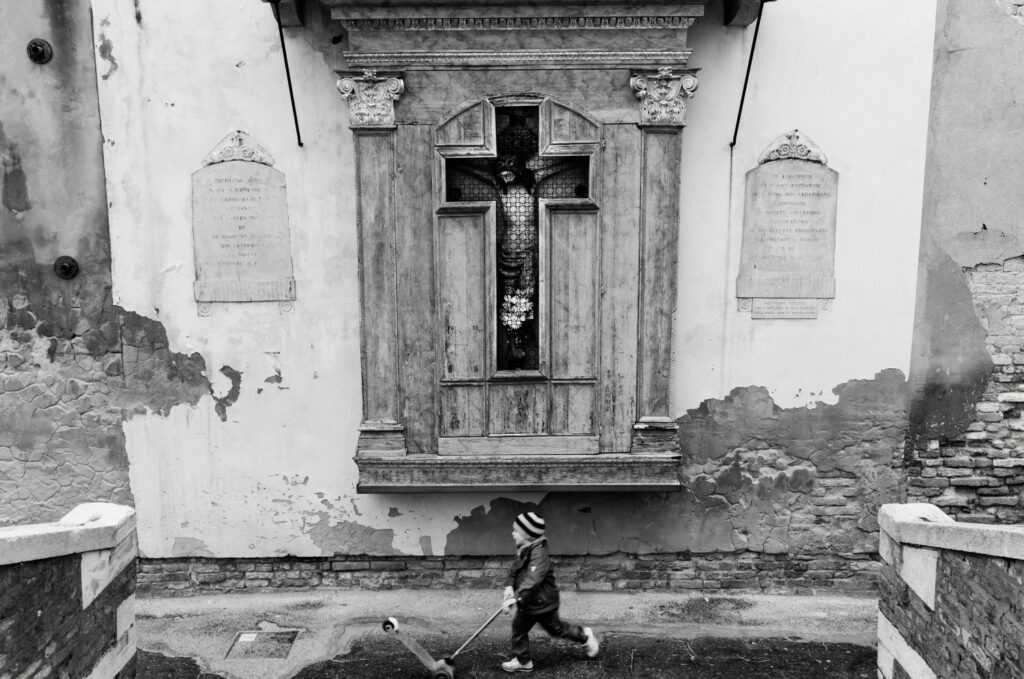
One last question: is there a place, a situation, or a person, in the present or the past, that you would have loved or would love to photograph and why?
I firmly believe in living without regrets and focusing on the potential of the present and future rather than dwelling on missed opportunities from the past. This philosophy drives my approach to photography; I’m more intrigued by the prospect of what I can capture next rather than complaining over moments I might have missed!
That said, if I were to think of a subject I would love to photograph, it wouldn’t be a specific place, situation, or person from the past. It’s the unexpected and yet-to-be-discovered moments that I look forward to capturing. The beauty of photography lies in its ability to surprise and challenge the photographer, and I find great joy in its spontaneity and unpredictability. I want to keep on exploring and capturing the essence of life as it unfolds around me. Every new day is an opportunity to witness and immortalize a special moment, and it’s this endless possibility that keeps my passion for photography alive and thriving.
Check out Marco Secchi’s work on his website, https://www.marcosecchi.com/, and on Instagram, @msecchi. If you are interested in his workshops, check out https://www.msecchi.com/. Marco’s book, Venice Artisans, is available on Amazon.
